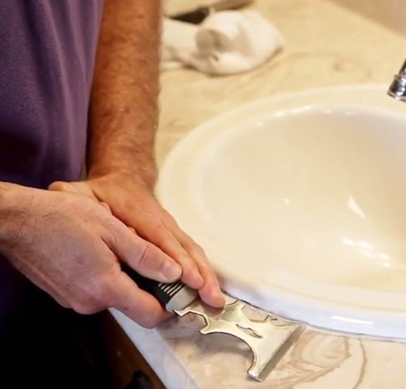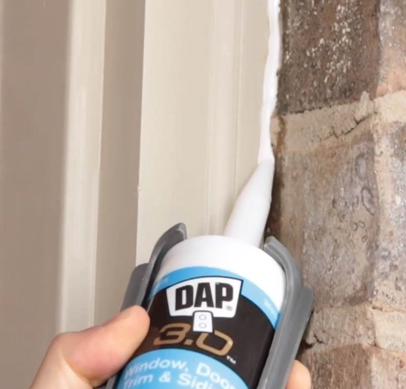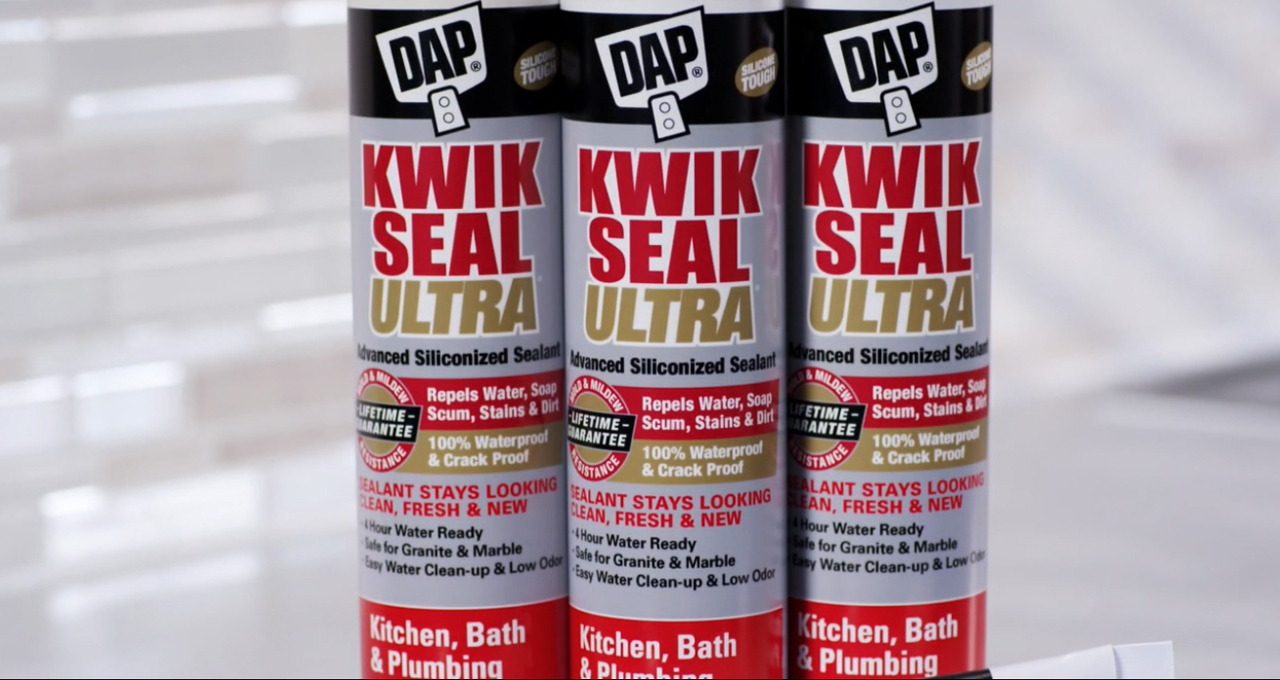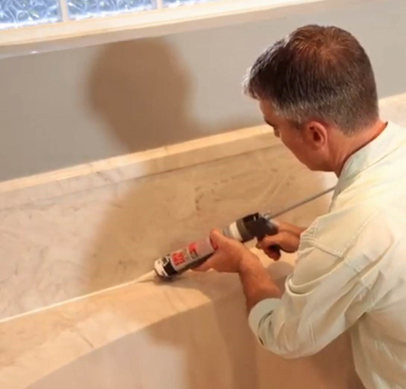- Features + Benefits
-
Usage
Uses + Applications
Lifetime Mold and Mildew Resistance Guarantee

How to Remove Caulk from a Shower, Sink, or Bathtub
Before applying caulk or sealant to any area of your house, first prepare the surface.
Learn More
How to Choose the Right Caulk
Are you not sure what caulk or sealant is right for your project? With so many choices, it can be confusing.
Learn More -
Products
Kwik Seal Products
-
Tips
Helpful Tips
Resources + Support
person
Customer Support
Our team of highly trained customer support staff is here to help with either product or project advice.
Contact Us
 Canada - EN
Canada - EN USA - EN
USA - EN

